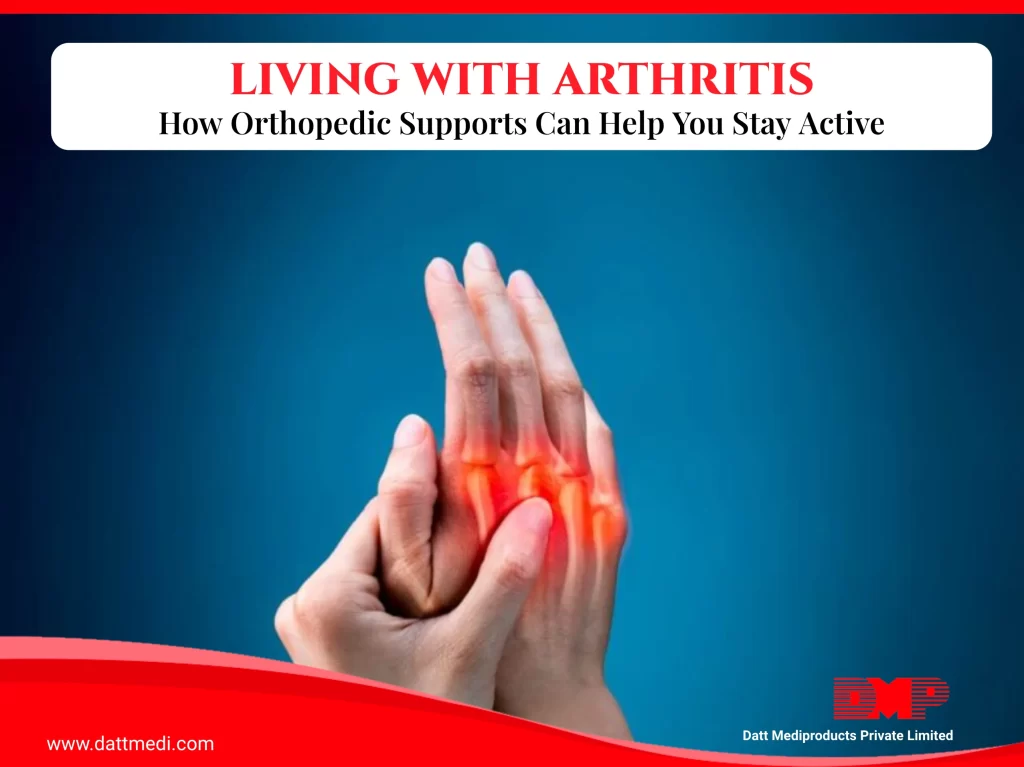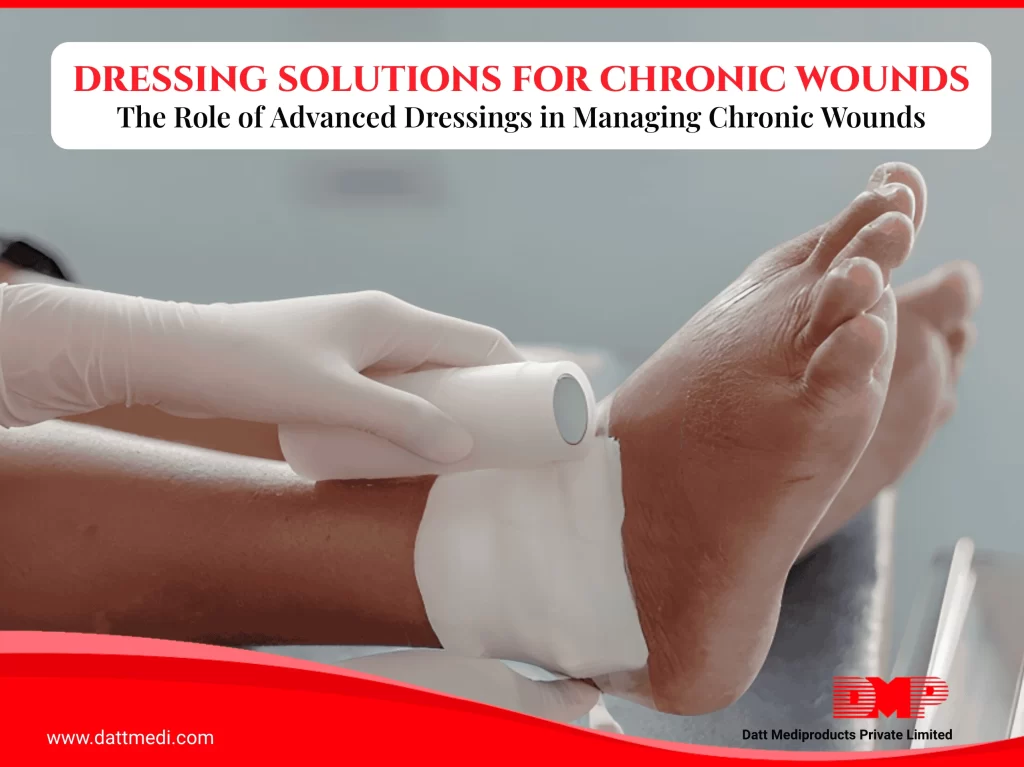
Understanding Arthritis: How Compression Sleeves and Joint Supports Provide Relief
Arthritis is one of the most common chronic conditions affecting joints, with millions worldwide experiencing its impact daily. Characterized by joint pain, stiffness, and swelling, arthritis can significantly reduce mobility and quality of life.
While medical treatments and therapies are essential, patients often seek supportive solutions that offer daily relief and improve comfort.
Challenges Faced by Arthritis Patients
Living with arthritis is more than dealing with occasional discomfort—it involves:
- Persistent joint pain and stiffness, limiting day-to-day movement.
- Swelling and inflammation, which can worsen with activity.
- Reduced grip and mobility, affecting simple tasks like walking, lifting, or writing.
- Emotional impact, as long-term discomfort can lead to frustration, anxiety, and reduced independence.
These challenges highlight the importance of accessible, non-invasive support solutions.
How Orthopedic Support Products Help
Orthopedic aids like compression sleeves, joint supports, and braces are designed to complement medical management of arthritis. They provide:
- Gentle compression, improving circulation and reducing swelling resulting in a quicker recovery.
- Targeted support, stabilizing affected joints and limiting excessive strain.
- Improved comfort, easing pressure during movement or rest.
By addressing both pain and mobility limitations, these products serve as practical companions in daily arthritis care.
Benefits of Using Orthopedic Supports for Arthritis
Patients using compression sleeves and joint supports may experience:
- Pain reduction through controlled pressure and warmth.
- Decreased inflammation by enhancing blood flow and minimizing fluid buildup and an enhanced lymphatic drainage to flush out toxins.
- Better joint alignment and stabilisation reducing the risk of further strain or injury allowing the muscles and joints to function effectively.
- Enhanced confidence and mobility, allowing greater participation in daily activities.
Choosing the Right Product
Selecting the appropriate orthopedic support is essential for effectiveness:
- Compression sleeves: Best for continuous wear, mild-to-moderate pain, and swelling reduction.
- Knee or elbow supports: Ideal for stabilizing specific joints during activity and to redistribute your weight thereby reducing knee pain.
- Braces with adjustable straps: Suitable for patients requiring targeted support or customized pressure.
- Medical consultation: Always recommended to ensure the chosen product meets the patient’s condition and needs.
To maximize benefits, orthopedic supports should be incorporated into everyday routines:
- Wear during physical activity or prolonged standing to prevent flare-ups.
- Combine with gentle exercises recommended by physiotherapists.
- Use alongside healthy lifestyle practices, including weight management, balanced nutrition, and anti-inflammatory habits.
- Regularly monitor product fit and condition to maintain comfort and effectiveness.
Arthritis may be a lifelong condition, but it does not have to define a patient’s independence or comfort. Orthopedic products like compression sleeves and joint supports provide accessible, non-invasive relief—helping reduce pain, control inflammation, and support mobility.
By choosing the right product and integrating it into daily life, patients can regain confidence, ease, and a better quality of life.




